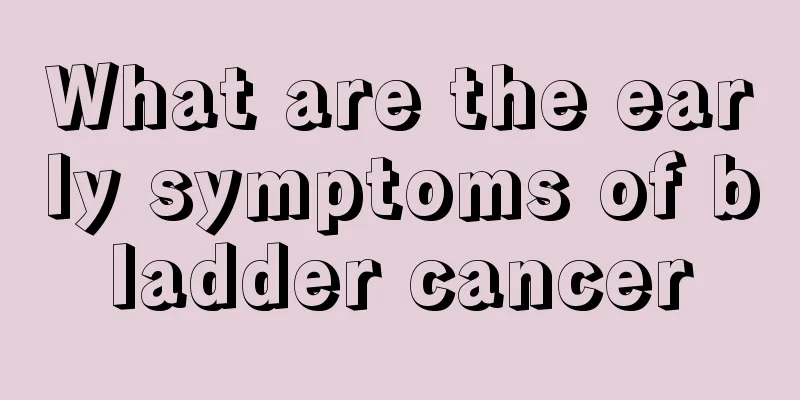What is kidney cyst? Is it serious?

|
Renal cyst refers to cysts of varying sizes that appear inside the kidney. This cyst is not connected to the outside world. Most cysts are benign and grow relatively slowly, and have relatively little impact on the patient's health. However, we must be wary of some fast-growing cysts, which can cause great harm to patients. The more common types include polycystic kidney disease, acquired renal cysts, and simple renal cysts. What is a kidney cyst Renal cyst is a general term for cystic masses of varying sizes that appear in the kidneys and are not connected to the outside world. Renal cysts usually progress slowly. Simple renal cysts occur in one or both kidneys with one or more circular cystic cavities of varying sizes that are not connected to the outside world. Most are unilateral. The clinical symptoms are mild and are mostly discovered during physical examination. It is caused by variations in the structure of the glomeruli and renal tubules, and can also be caused by acquired trauma, infection and other factors. Acquired renal cysts are more common in patients with end-stage renal failure undergoing long-term dialysis. The longer the dialysis time, the higher the incidence of cysts. Types of kidney cysts 1. Polycystic kidney disease For patients with polycystic kidney disease, this type of renal cyst generally manifests as the appearance of numerous cysts of varying sizes in the cortex and medulla of the kidney. They gradually grow larger, squeezing the renal tissue, causing damage to the renal parenchyma and resulting in renal dysfunction. When the kidney loses its ability to clear waste from the body, toxins accumulate and eventually lead to uremia, which is life-threatening. 2. Simple renal cyst The most common type of renal cyst in the kidney is simple renal cyst, which usually occurs in adults, especially those over 50 years old. Simple renal cyst usually manifests as one or a few cysts in one or both kidneys. They are usually isolated and spherical, mostly located in the renal cortex, and can change the appearance of the kidney. 3. Acquired renal cyst In medicine, the cystic diseases that occur in the kidneys after renal failure caused by kidney disease, with more than one cyst in each kidney, are generally called acquired renal cysts. Generally, in this type of renal cysts, more than 40% of the renal parenchyma is replaced by multiple cysts, and more than 4 cysts can be found on B-ultrasound or CT. 4. Dysplastic polycystic kidney disease Dysplastic polycystic kidney disease is one of the most common causes of abdominal masses in newborns. The lesions are often unilateral and are related to segmental stenosis of the renal collecting system. Bilateral lesions are often life-threatening. Most patients can be diagnosed by prenatal ultrasound, and the clinical manifestation is an asymptomatic abdominal mass. The affected kidney loses its normal shape. What are the daily precautions for renal cysts ? First, diet for patients with renal cysts Patients with renal cysts should actively receive regular treatment and take good care of their daily diet, but they should also pay attention to dietary taboos. In normal times, you should be careful not to eat salty foods (including pickled foods), spicy foods (including peppers, alcohol, shrimps, crabs, etc.), contaminated foods (including rotten and spoiled foods, leftovers, etc.), and barbecued foods. People with renal insufficiency, late-stage renal failure, or poisoning should also be careful not to eat beans and their products, and limit high-protein animal foods and greasy foods. Second, patients with renal cysts should pay attention to rest. Patients with renal cysts should not only actively cooperate with the doctor's treatment, but also pay attention to rest more and avoid excessive exercise. Avoid strenuous physical activities and abdominal trauma. When kidney enlargement is more obvious, it is advisable to use a sling instead of a belt to avoid cyst rupture; generally have a follow-up check every six months (including blood pressure, urine routine, renal function and B-ultrasound); avoid all nephrotoxic drugs; relatives (parents, siblings and children) should undergo B-ultrasound examination. Third, the mentality of patients with renal cysts Patients with renal cysts should maintain a good attitude, look at the disease optimistically, and build confidence in overcoming the disease. Renal cystic disease is the result of the interaction of various congenital and acquired factors. Scientific research has found that all those factors can be changed or controlled and eliminated. Therefore, you must not be pessimistic and disappointed. Moreover, optimistic thoughts and emotions can enhance human immunity and help overcome the disease. |
>>: Will epidermal cysts disappear on their own?
Recommend
What are the ways to reduce the chance of pregnancy
In life, many couples will try all kinds of ways ...
The harm of fever caused by gallbladder cancer
What harm can gallbladder tumors cause? In recent...
What to do if papillary thyroid carcinoma metastasizes? How to treat papillary thyroid carcinoma metastasis
What should we do if papillary thyroid cancer met...
Are prolactinomas serious?
Prolactinoma is certainly a serious problem becau...
How to treat advanced lung cancer? Six suggestions for the treatment of advanced lung cancer
Lung cancer is a very common disease in today'...
How long can one live with advanced gastric cancer?
There is no strict rule about how long you can li...
What should I do if my eyes are swollen after eyebrow removal?
Modern women love beauty very much and will try e...
Heart failure grade four
After heart failure occurs, people should want to...
Why are smokers more likely to get lung cancer? In addition to quitting smoking, you should also pay attention to these 4 points to prevent lung cancer
Although smoking can be called a personal choice,...
How to distinguish between white skin and yellow skin
In real life, the color of the skin determines a ...
9 major dangers of women getting angry
In our lives and work, there are always some thin...
What does bv positive mean
When some women undergo gynecological examination...
Which Chinese patent medicines are good for rheumatoid arthritis
As we all know, many diseases take a long time to...
What should I do if I have a sprained ankle?
Many friends who love sports will often encounter...
Yunwu Maojian Tea
Yunwu Maojian tea is a type of tea produced in th...









